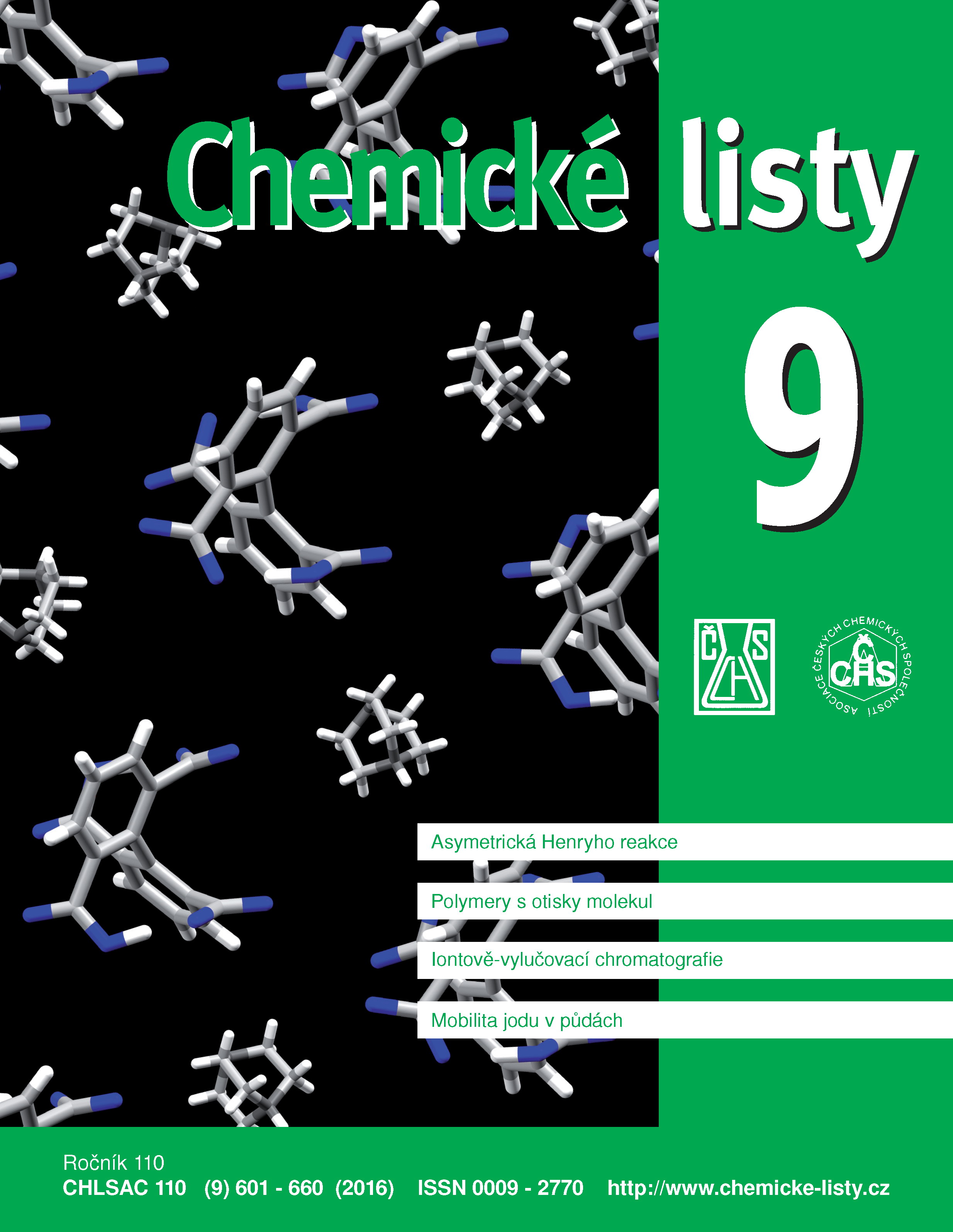Present State and Trends in Extraction of Pesticide Residues in Nutraceuticals
Keywords:
nutraceuticals, pesticide residues, extraction, quantificationAbstract
The main objective of the review is a discussion of various extraction techniques used for analysis of different types of nutraceuticals. It is shown that the most frequently used technique is the QuEChERS (Quick, Easy, Cheap, Effective, Rugged, Safe) method; other effective techniques are accelerated solvent extraction, supercritical fluid extraction, and microwave assisted extraction. On the other hand, the application of microextraction techniques is on the rise. It can be expected that these techniques will prevail because they reduce or eliminate the volume of toxic solvents required for extraction. The use of clean up steps following the extraction is recommended to obtain satisfactory recoveries and to minimize the matrix effect. The most frequently used techniques for determination of pesticides in nutraceuticals are GC or HPLC in combination with MS or MS-MS. Analysis of real samples with a number of positive findings endorse the idea that a deeper and continuous investigation of pesticide residues in nutraceutical products is necessary in order to guarantee consumer's safety.





